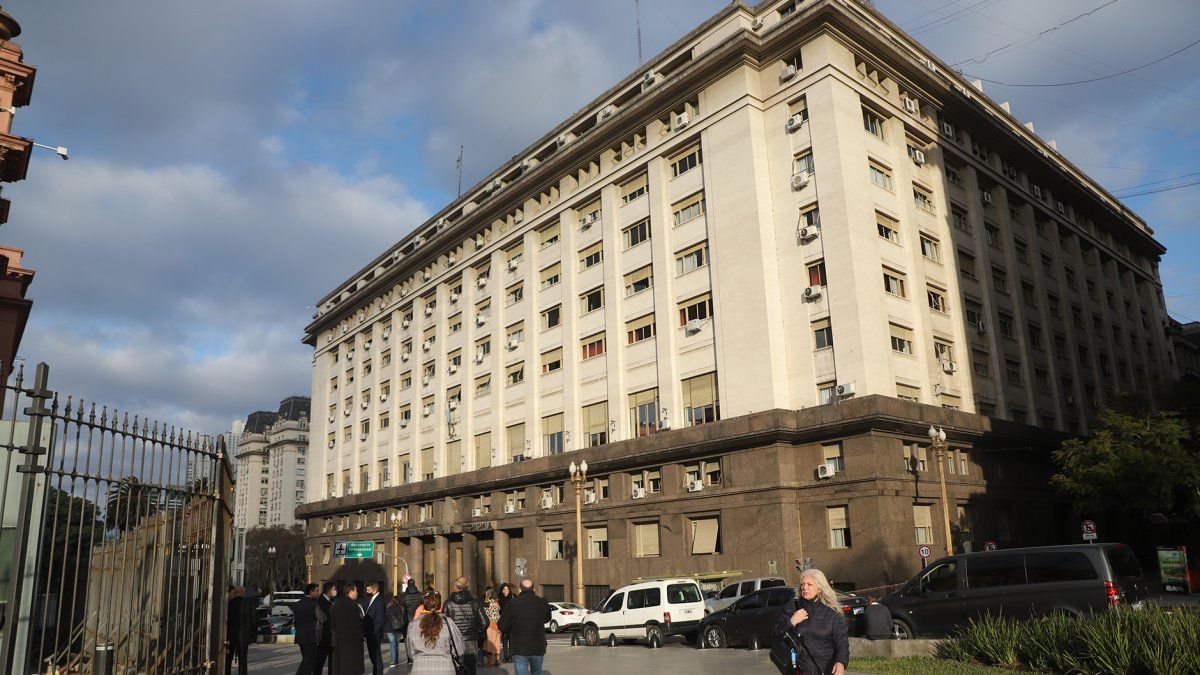As detailed, while in January the CPI rose 6.0% compared to December, the “regulated” segment marked an increase of 7.1%, “seasonal” 7.9%, and the core CPI (without regulated nor seasonal), rose 5.4%.
“The macroeconomic fundamentals, basically fiscal, monetary and exchange policies, would be consistent with monthly inflation rates of 4% or less,” Rubistein said in a statement.
embed
In the January register, we have strong increases in: a) fruits and vegetables (x seasonal and climatic factors), b) some regulated items (buses, gas, water, tobacco, cable, prepaid medicine, c) tourism services (for vacation). https://t.co/NiXAyEAeXS
—Gabriel Rubinstein (@GabyRubinstein) February 14, 2023
The official also highlighted the “very important incidence of inertial aspects, linked to the high degree of prevailing indexation” and that, for this, “price agreements, which register a high degree of compliance, will allow us to continue fighting the high factors present inertials”.
“We continue working from the macro and from the micro, so that inflation drops significantly, and we hope that, towards the end of the year, the CPI will be close to 3%, with inflation in the year around 60%“, concluded the secretary of Economic Policy.
Source: Ambito




